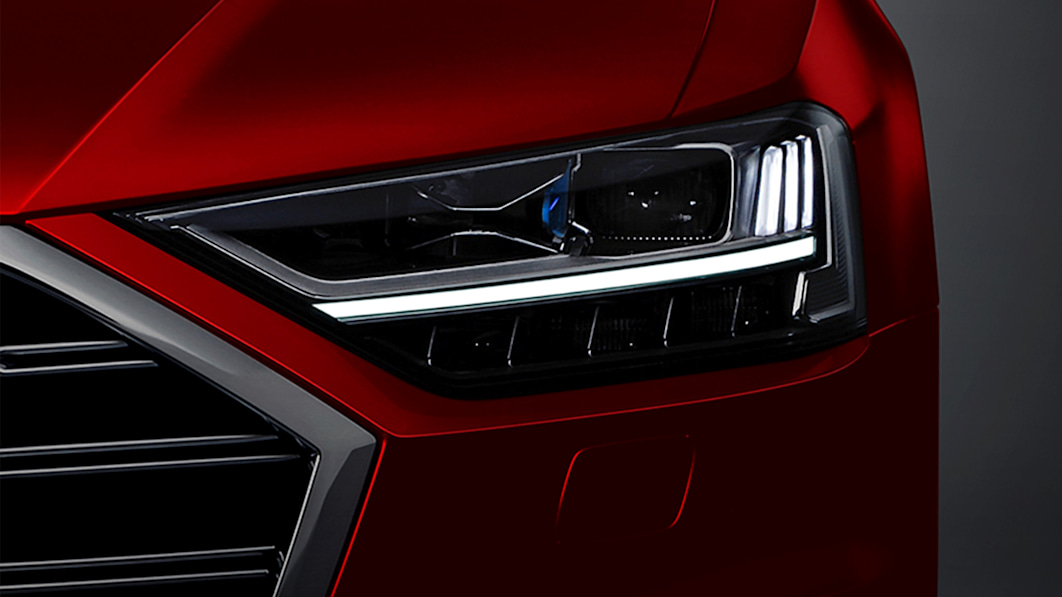As big proponents of adaptive headlamps — lights that actively dim small areas of the high beam to provide both maximum illumination without dazzling drivers and pedestrians — we were delighted to learn that passing last year’s infrastructure law would require the lights to be turned on legally. To be made for the US With the passing of the bill, the NHTSA was given two years to make the rules for the lights, but the organization announced this week that it is already ready.
Yes, you read that right, a government agency has completed a task well ahead of schedule. And that’s exciting, because that means automakers will start working on adaptive headlamps for the United States. Car manufacturers will probably also appreciate the new rules. An Audi representative made the following statement: “As a leader in lighting technology, Audi of America is pleased with the change that opens us up to the introduction of adaptive high beam headlamps for US customers. We are actively evaluating the ruling on FMVSS 108 to determine next steps. “
Toyota is another automaker that has pushed for adaptive lighting rules. It already filed a petition in 2013 to draw up rules. NHTSA did say it would start looking at the lights from 2018.
As for how soon we’ll see production cars with adaptive headlights, it will certainly be sooner than if the NHTSA had waited another year and a half. But it’s hard to say how soon after that. The rules were only published yesterday, so automakers will see what it takes to comply. As Audi’s representative pointed out, there are a number of standards, with Europe having quite broad regulations, while Canada has adopted a modified version of the SAE standards for lighting, SAE J3069, which is more specific than the European regulations. He noted that the US rules appear to be based on the SAE/Canadian rules, albeit with some further changes. Since there are automakers now offering cars with adaptive lighting in Canada, and others developing them, we suspect they could adapt those units to U.S. regulations pretty quickly, assuming none of the differences are too drastic. So hopefully we won’t have to wait long for models with this technology.
Something we’re interested in is whether some automakers can offer updates to existing matrix-style LED headlights. While they weren’t given the software to be adaptive, automakers like Audi did sell matrix LED headlights in the US with the same hardware as foreign models. However, Audi’s representative could not confirm whether that would be something the company would offer.
And there can be some complicating factors, such as whether to produce unique software for the headlamps in the US market. If so, should the company charge people for the upgrade and owners want to pay for it?
Anyway, we’re comfortable saying that we’ll definitely see adaptive headlights on new cars in the near future, and there’s at least a chance that some older cars could be updated to have the functionality as well. And that’s a huge boon for motorists and pedestrians alike.
Update (Feb 16, 2022 12:08 PM): Added additional information about lighting regulations and how soon adaptive lighting may be available.
Related video:
